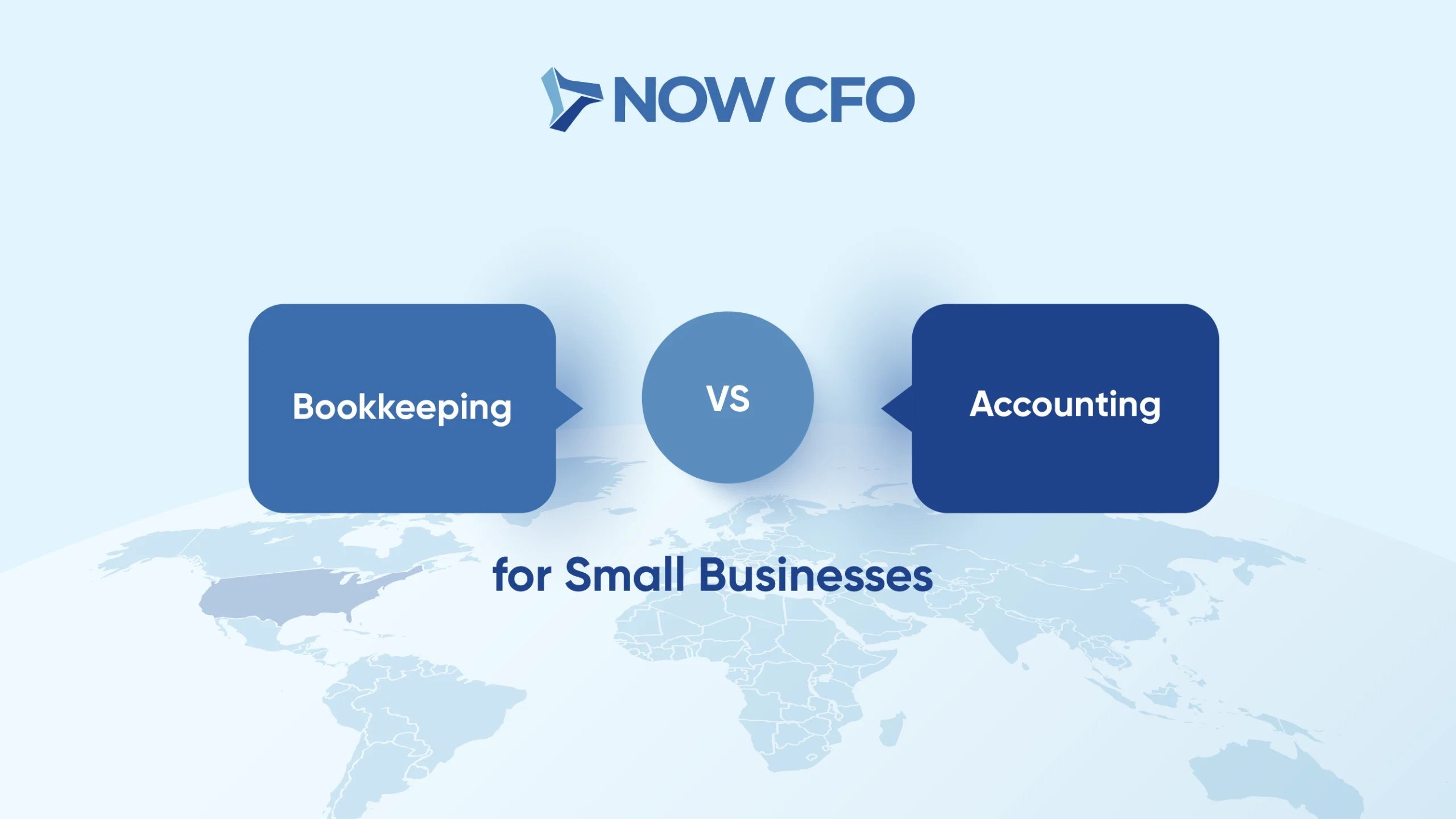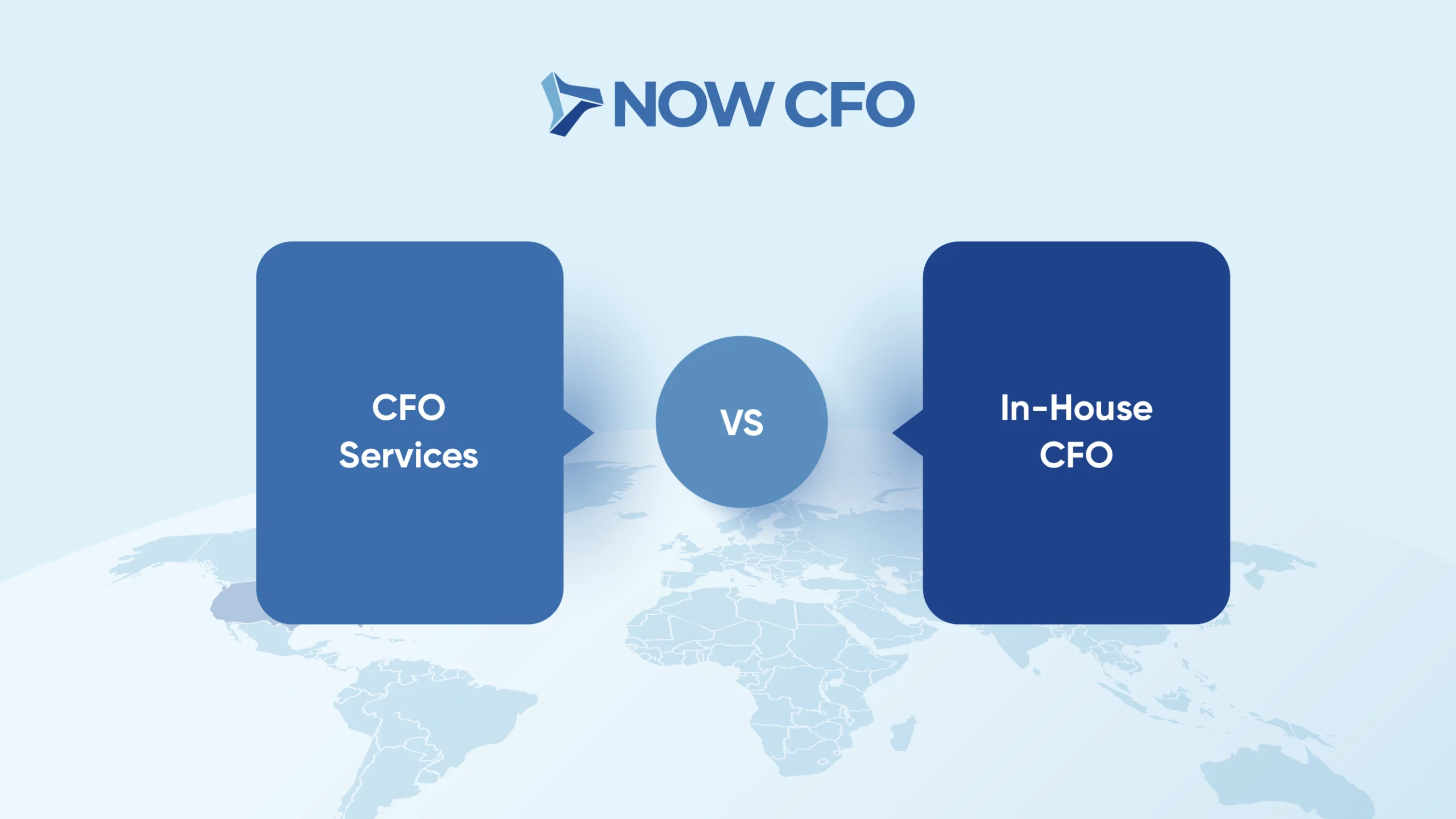
What Are Strategies For Transparency?
In an era marked by heightened scrutiny and increasing demands for transparency, organizations of all sizes and types recognize the importance of open and honest financial practices. Transparent financial management not only fosters trust among stakeholders but also enhances accountability and promotes sustainable growth.
Clear and Accessible Financial Reporting
One of the foundational elements of financial transparency is providing clear, accurate, and accessible financial reports. This includes regular updates on the organization’s financial performance, budgets, and forecasts. Key components of this strategy include:
- Timely Reporting: Publish financial reports at regular intervals, such as quarterly or annually, to keep stakeholders informed about the financial health of the organization.
- User-Friendly Format: Present financial information in a format that is easy for both financial experts and non-experts to understand. Visual aids like graphs and charts can enhance clarity.
- Accessibility: Make financial reports readily available to all relevant stakeholders, including employees, investors, donors, and the public, through the organization’s website or other access platforms.
Detailed Budgeting and Expense Tracking
Creating and maintaining a detailed budget is another vital component of financial transparency. A comprehensive budget serves as a roadmap for financial decision-making and allows stakeholders to see how resources are allocated. Key aspects of this strategy include:
- Involving Stakeholders: Involve relevant parties, such as department heads and finance teams, in the budgeting process to ensure that it accurately reflects the organization’s needs and goals.
- Regular Review: Conduct regular budget reviews to track actual expenses against the budget and make necessary adjustments. Share these updates with stakeholders.
Open Book Accounting
Open book accounting is a practice that involves sharing detailed financial information with employees and involving them in financial discussions. This strategy promotes a sense of ownership and transparency within the organization. Consider these actions:
- Financial Education: Provide financial literacy training to employees so they can better understand financial reports and contribute to informed decision-making.
- Regular Updates: Hold regular meetings or share updates with employees about the organization’s financial performance, addressing any questions or concerns they may have.
External Audit
External audits conducted by independent, certified auditors provide an objective assessment of an organization’s financial practices and can enhance transparency. Here’s how to implement this strategy:
- Regular Audits: Schedule annual or periodic external audits to review the organization’s financial records and ensure compliance with accounting standards and regulations.
- Transparency in Audit Reporting: Share the results of external audits with stakeholders, including areas of improvement and steps taken to address issues identified.
Embrace Technology
Leverage technology to streamline financial processes and enhance transparency. Financial management software and tools can help in various ways:
- Real-Time Reporting: Implement software that allows for real-time financial reporting, enabling stakeholders to access up-to-date information at any time.
- Data Security: Invest in secure data storage and encryption to protect sensitive financial information.
Ethical Fundraising and Donor Reporting
For nonprofit organizations and charities, ethical fundraising practices and transparent donors reporting are crucial for maintaining trust. Key actions to take include:
- Donor Transparency: Clearly communicate how donated funds are utilized, providing donors with a breakdown of how their contributions make a difference.
- Compliance: Ensure compliance with fundraising regulations and ethical standards, avoiding deceptive practices.
Whistleblower Protection
Implement whistleblower protection policies to encourage employees and stakeholders to report any financial misconduct or unethical behavior without fear of retaliation.
Benefits of Financial Transparency
- Builds Trust: Transparent financial practices build trust among stakeholders, including employees, investors, donors, and the public.
- Accountability: Transparency holds organizations accountable for their financial decisions and actions.
- Attracts Investors and Donors: Transparency attracts potential investors and donors who want to support organizations with clear financial practices.
- Fosters Efficiency: Openness can lead to more efficient resource allocation and financial decision-making.
- Mitigate Risk: Transparent organizations are better equipped to identify and address financial risks and challenges.
Financial transparency is essential for organizational success. However, achieving transparency may require expertise beyond your organization’s internal resources, making it wise to consider partnering with an outsourced accounting firm, such as NOW CFO. Our consultants can provide the tools and knowledge necessary to ensure effective and compliant financial transparency efforts. By combining your commitment to transparency with our expert support, you can fortify your organization’s financial health, build enduring trust, and confidently navigate the complex financial landscape.
Get Your Free Consultation
Gain Financial Visibility Into Your Business
We provide outsourced CFO, fractional CFO, and temporary CFO, Controller, and operational Accounting services that suit the needs of your business.
- Hourly Rates
- No Hidden Fees
- No Long Term Requirements
NOW CFO provides the highest level of expertise in finance and operational accounting to accelerate results and achieve strategic objectives for sustainable growth and success.
After completing the form, a NOW CFO Account Executive will reach out and learn more about your needs so that we can pair you with the right Partner.
Learn More: Internal vs. External Audits














